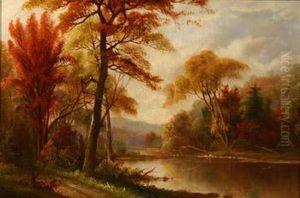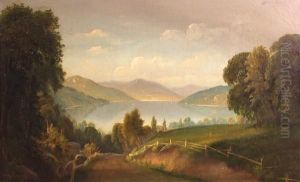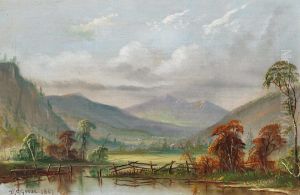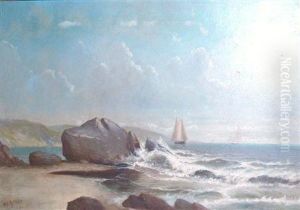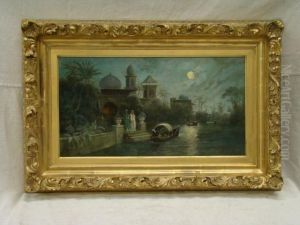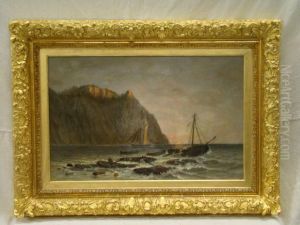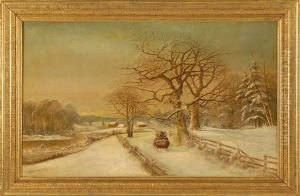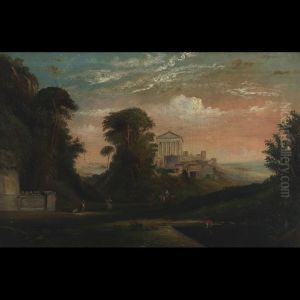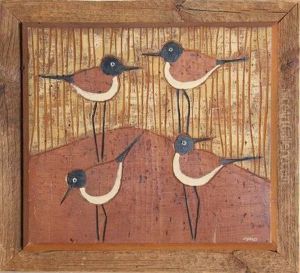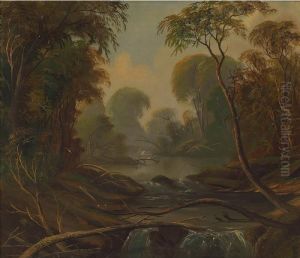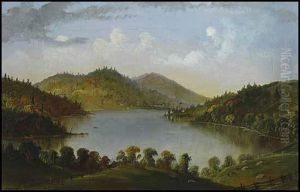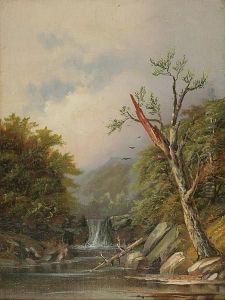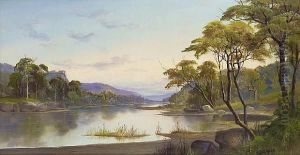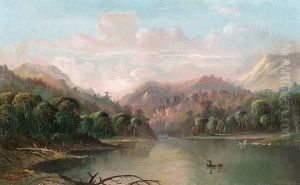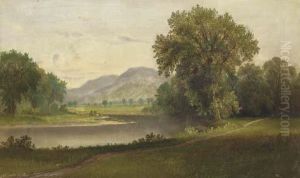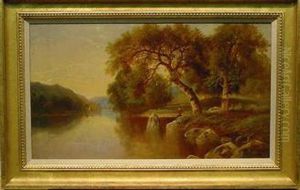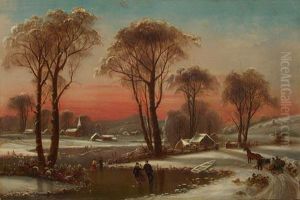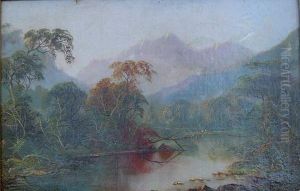Daniel Charles Grose Paintings
Daniel Charles Grose was a 19th-century British-born Canadian artist known for his landscape paintings. Grose was born in 1838 in Newcastle upon Tyne, England. Not much is known about his early life and artistic training, but it is believed that he developed a passion for art at a young age.
Grose immigrated to Canada in the 1860s, settling first in Montreal before moving to Toronto. His work predominantly features Canadian landscapes, capturing the vast and diverse natural beauty of the country. He is often remembered for his detailed and picturesque depictions of the Canadian wilderness, rural scenes, and sometimes historical sites.
Throughout his career, Daniel Charles Grose traveled extensively across Canada, drawing inspiration from the various regions he visited. His travels allowed him to paint a wide range of Canadian scenery, from the rugged coastlines of the Maritimes to the majestic mountains of the Canadian Rockies.
Grose's paintings were well-received during his lifetime, and he exhibited at various art institutions, including the Royal Canadian Academy of Arts. His artistic style was characterized by a realistic approach, with a strong emphasis on lighting and atmosphere, which added a sense of mood to his landscapes.
Despite his artistic achievements, Daniel Charles Grose did not gain the same level of fame as some of his contemporaries. Nevertheless, his works have been appreciated by art collectors and historians for their contribution to Canadian art and for providing a visual record of Canada's 19th-century landscape.
Daniel Charles Grose's life came to an end in 1900. Today, his paintings can be found in private collections and occasionally appear in art auctions. They continue to be appreciated for their historical value and their portrayal of the Canadian landscape during a period of significant change and development.
